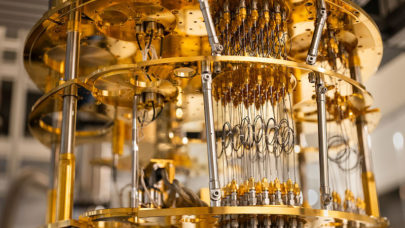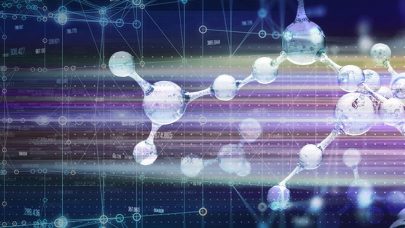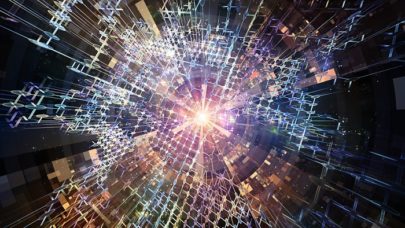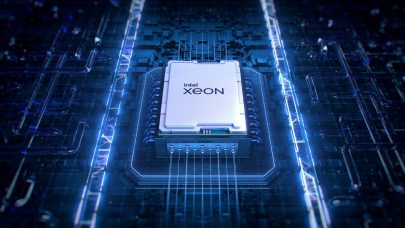The horrendous aftermath of last Friday’s 9.0 earthquake off the east coast of Japan is still unfolding. The quake was the largest ever for the island nation and was described by Prime Minister Naoto Kan as his nation’s ”worst crisis since the end of the war 65 years ago.”
The ensuing destruction from tsunamis, infrastructure collapse, fires and now nuclear plant radiation is being tracked and analyzed, some with the help of computer technology designed for just such an event. In certain cases, this technology worked quite well. As reported by Computerworld, the National Oceanic and Atmospheric Administration’s (NOAA) Center for Tsunami Research was able to track the earthquake-spawned tsunamis in real-time as they spread east and south across the Pacific Ocean. The models predicted both the timing and intensity of the waves as they made their way to the west coasts of North and South America.
According to the NOAA Center for Tsunami Research, approximately 25 minutes after the earthquake, the tsunami was recorded at DART buoy 21418, which was near the epicenter of the quake off the coast of Japan. DART, which stands for Deep-ocean Assessment and Reporting of Tsunamis, uses dozens of buoys scattered across the ocean to collect tsunami-spawned wave action and beam the data to warning centers around the country.
NOAA, as well as a number of other research institutions, rely on the MOST model for tsunami forecasting. MOST (Method of Splitting Tsunami) is a suite of numerical codes capable of simulating three processes of tsunami evolution: earthquake, transoceanic propagation, and inundation of dry land. The code was developed by Vasily Titov of the Pacific Marine Environmental Laboratory’s and Costas Emmanuel Synolakis of the University of Southern California.
The model was used to generate an animation of last Friday’s earthquake, which illustrates how the tsunami propagated across the Pacific Ocean. Detailed analysis of the results have not yet been completed, but according to Donald Denbo of the University of Washington, for past tsunami events they’ve achieved 85 percent accuracy in predicting maximum wave height. As the animation shows, the strongest wave energy was directed southward away from North America, which was reflected in the relatively light damage to Hawaii and the West Coast of the US.
The model was run on six Dell PowerEdge dual-socket servers with Intel Xeon X5670 CPUs (2.93 GHz) , 32GB of RAM, and 16TB of disk storage. The animation runs were pre-computed, with the results saved on disk as compressed files. There are a total of 1691 pre-computed runs, each taking about 8 hours. The animation was generated from these compressed files and generated with MATLAB on a dual-processor laptop in about 4 hours.
Although the model is designed to work in real time, it’s of limited use for coastal communities in close proximity to the earthquake. Residents along the northeast coast of Japan were warned immediately following the quake, but there simply wasn’t enough time to perform a mass evacuation of the shoreline communities. In this case, the first 20-foot-plus waves hit the coast about an hour-and-a-half after the earthquake and traveled inland up to six miles, inundating entire communities.
In fact, most of the earthquake fatalities tallied so far appear to be tsunami related, with whole towns destroyed by the giant waves. As of Wednesday, the official death toll stood at over 4,300, with more than 8,000 people still missing. Both numbers are expected to rise.
While the tsunami aftermath was being tallied, another crisis developed around the Fukushima Daiichi nuclear power plant in northeastern Japan. The number two, three and four reactors of the plant’s six reactors were seriously damaged during the quake, causing fires and subsequent explosions that released radioactive material into the air. The problem stems from damage to the water cooling systems, which has caused the reactor cores to become exposed to the air. This allow the nuclear materials to overheat and generate hydrogen gas, resulting in dangerous pressure buildup.
A 12-mile radius around the plant has been evacuated, although the chairman of the United States Nuclear Regulatory Commission is advising evacuation of a much larger area. The current danger level appears to be somewhere between the Chernobyl nuclear disaster in 1986 and the Three Mile Island accident in 1979. As this article goes to press, the situation is still in flux as fears of a containment breach and core meltdown are still real threats.
The spikes in airborne radiation that have accompanied the explosions are being tracked, mainly for the purpose of reducing exposure to on-site rescue workers and the local populace, but also to ensure that these radioactive clouds don’t threaten other areas of Japan or even further afield. Since winds tend to disperse the radioactive clouds rather rapidly, the danger to areas outside of northeast Japan, and especially to other countries, is rather small at this point.
One of the radiation releases produced a local reading of 10,850 microsieverts per hour, or about 5,000 times the normal background level. Average human exposure for an entire year is on the order of 6,200 microsieverts, while acute radiation sickness doesn’t occur until you get into the 1,000,000 microsieverts per hour range.
Nextgov.com reports that the NNSA is lending a hand with a team from the National Atmospheric Release Advisory Center (NARAC) that is helping to provide real-time estimates associated with the radiation leaks. According to the report: “The squad’s specialists plug data in to supercomputer algorithms on radiation doses, exposure, hazard areas, meteorological conditions and other factors to produce predictive models.”
The idea is to repurpose some of the same codes used for safeguarding US nuclear materials for the nuclear plant disaster. The NARAC team runs out of Lawrence Livermore in California and presumably has access to some of the big Blue Gene supercomputers there (Dawn, for example), but according to Livermore officials, these resources are not being used for this effort.
Half a world away, the Viennese Central Institute for Meteorology and Geodynamics is also tracking these radioactive clouds. The institute has modeled the dispersal of radioactive Iodine and Cesium as it streams across the Pacific Ocean. The illustration below models the dispersal of Iodine-131 associated with one of the radiation releases (click on the image to display animation).
One unfortunate irony of this particular earthquakes is that is has incapacitated Japan’s own ability to do much of this modeling work on its own. Because of the damage or shutdown of many of the nation’s power plants — nuclear or otherwise — Japan is undergoing rolling blackouts across the country. Some areas in northern Japan are completely without power, where 850,000 households are still without electricity.
Major computing centers are barely operational, with facilities like the ones at RIKEN and the Tokyo Institute of Technology (Tokyo Tech) operating intermittently. Cycles for the multi-petaflop TSUBAME 2.0 system at Tokyo Tech will be especially hard to come by, given that the machine requires several hours for booting up and shutting down. Presumably after the power situation stabilizes (which may not be for some time), Japanese supercomputers will be working overtime running post-mortem scenarios of the tsunami and nuclear plant disasters.
Given the country’s risky seismic profile, the episode may spur the Japanese to re-evaluate its nuclear energy strategy. Beyond that, the disaster will certainly refocus the country’s efforts to provide more sophisticated disaster preparedness systems and robust infrastructure for its populace. But for a country that prides itself on how well it has overcome its precarious geography, this was a harsh lesson indeed.





























































